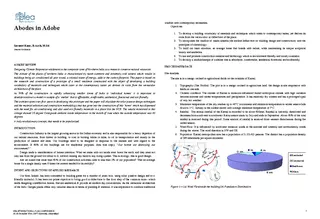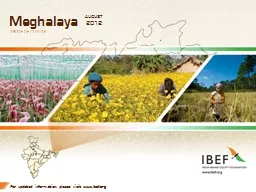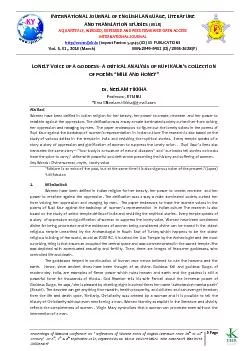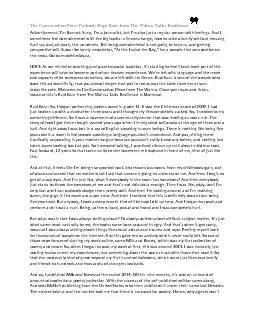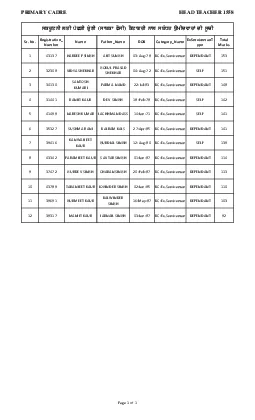PDF-Abode s in Adobe Savneet Kaur B
Author : sherrill-nordquist | Published Date : 2015-04-21
Arch MSd Imarat Architects A BRIEF REVIEW Designing Climate Responsive residences in the composite zone of Northern India as a means to conserve natural resources
Presentation Embed Code
Download Presentation
Download Presentation The PPT/PDF document "Abode s in Adobe Savneet Kaur B" is the property of its rightful owner. Permission is granted to download and print the materials on this website for personal, non-commercial use only, and to display it on your personal computer provided you do not modify the materials and that you retain all copyright notices contained in the materials. By downloading content from our website, you accept the terms of this agreement.
Abode s in Adobe Savneet Kaur B: Transcript
Download Rules Of Document
"Abode s in Adobe Savneet Kaur B"The content belongs to its owner. You may download and print it for personal use, without modification, and keep all copyright notices. By downloading, you agree to these terms.
Related Documents

